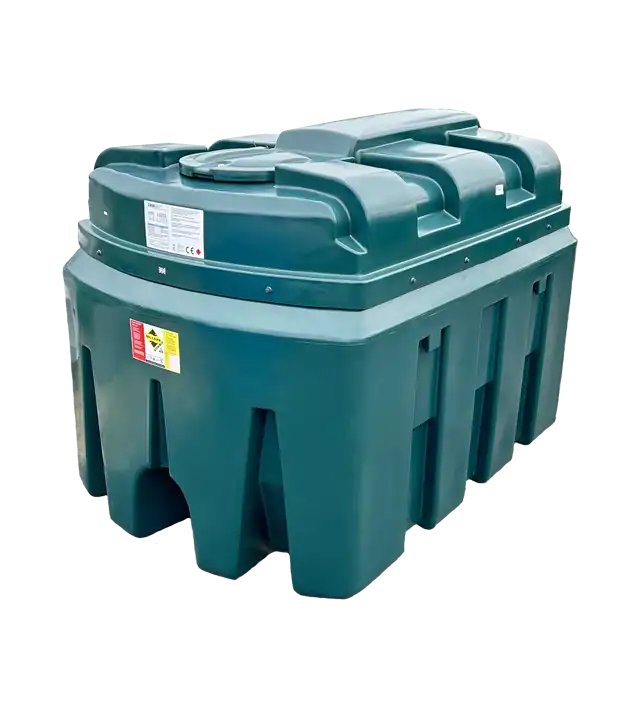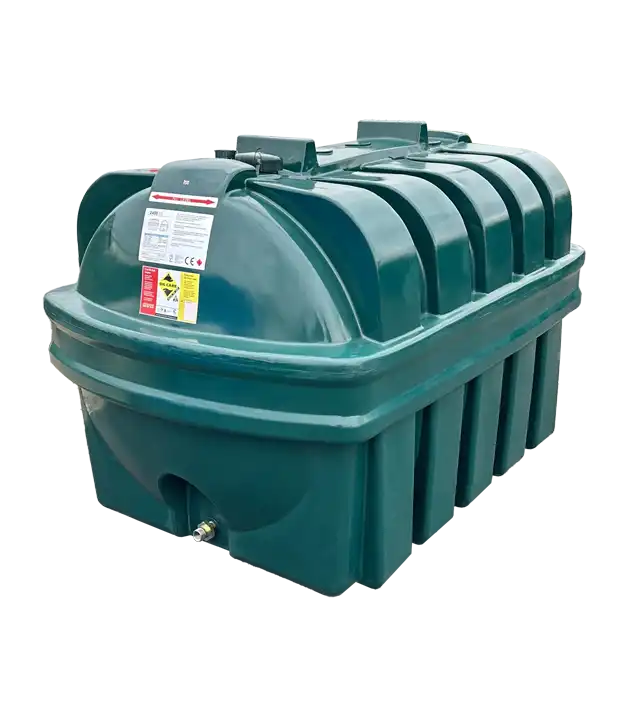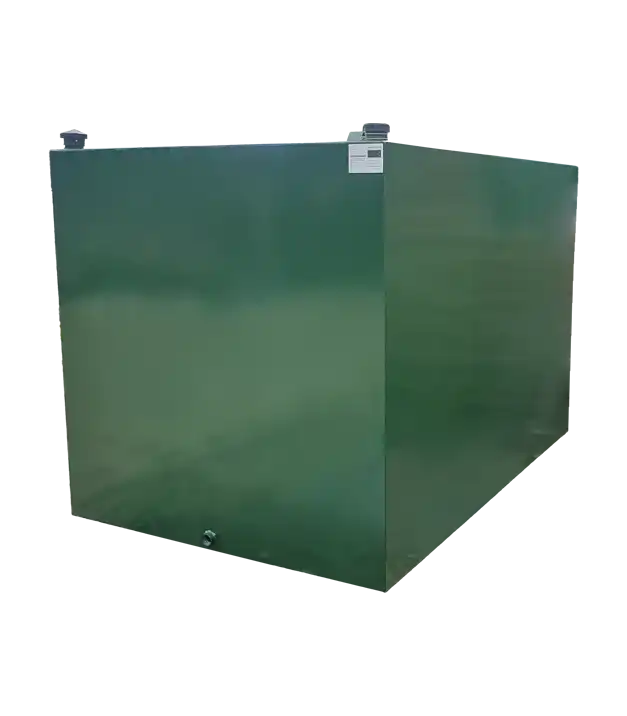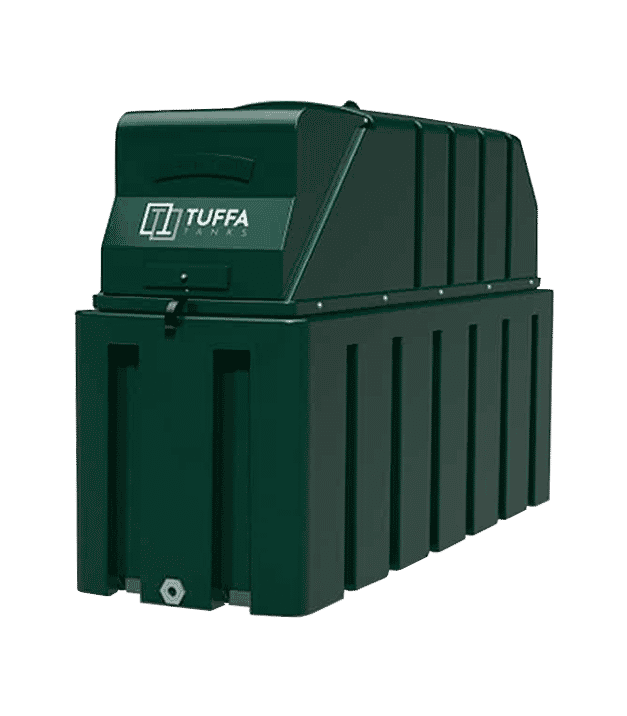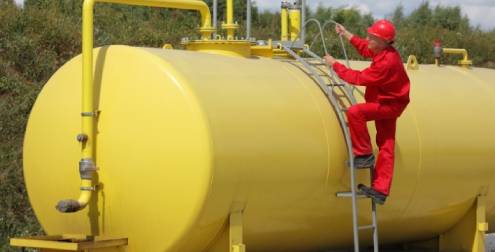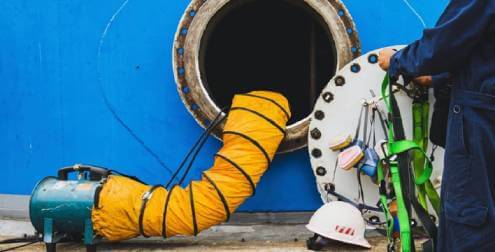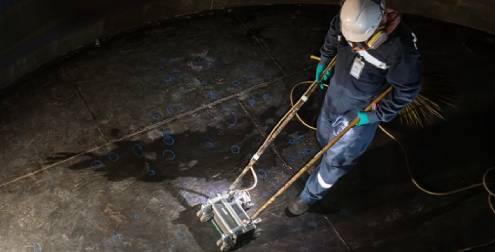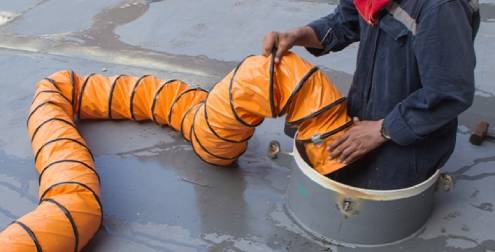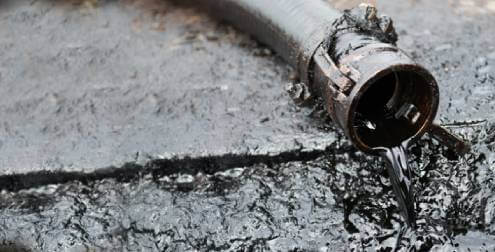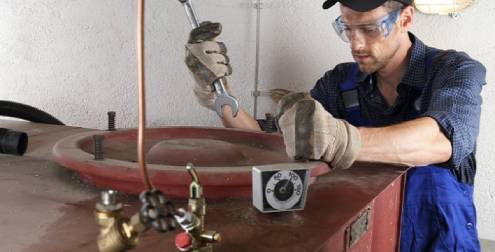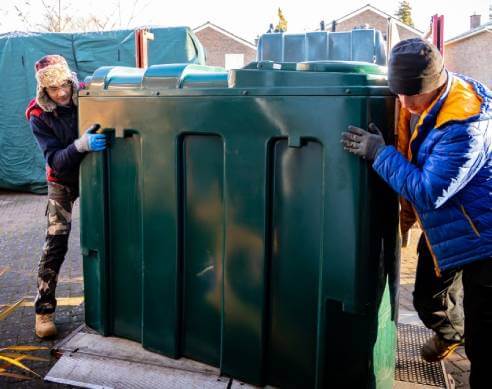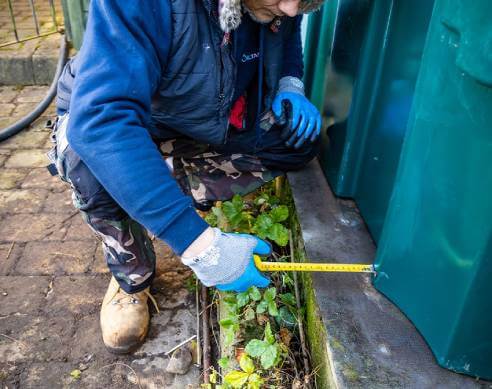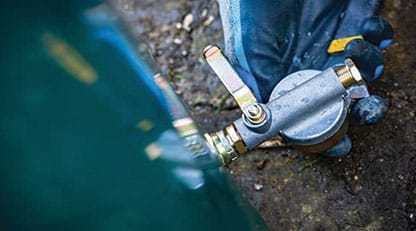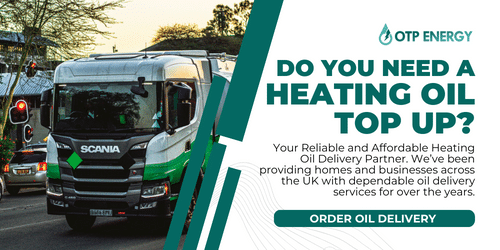FAQs
Can I install a tank in a building, garage or shed?
Internal oil storage tanks should never be installed in a habitable area, and should always be contained within an enclosed chamber. Detailed requirements exist for the installation of oil storage tanks within habitable buildings and domestic garages. For more information, contact OFTEC.
Do I need to have a Bunded Tank?
All non-domestic oil storage tanks over 200 litres need to be bunded.
For domestic premises you need to carry out an oil storage risk assessment (this can be obtained from OFTEC – form TI/133D). In brief a Bund is required in domestic situations if…
- You are storing over 2500 litres.
- Your tank is near an open drain or loose fitting manhole.
- Your tank is within 10m of controlled water such as a river, stream etc.
- Your tank is located where any spillage could travel over hard ground to reach controlled water.
- Your tank is located within 50m of a borehole, spring or well.
- Your tank vent is not visible from the fill point. (Such as an extended fill point)
- Your oil use is for a building other than a single family dwelling.
- Any other unique hazards to your site.
Please refer to The OFTEC home guide to domestic oil storage.
Do I need to run the fuel in my existing tank down, before it can be changed?
No, in fact, many installers prefer you to have at least 500 litres of fuel in your old tank as this ensures they can bleed through the pipework to the boiler allowing them to check the connections. If you run the tank right down, sludge might also be drawn into the pipework and pump on the boiler, resulting in costly repair bills.
How close to a boundary can I place an oil storage tank?
In accordance with OFTEC regulations, any oil tank that has a nominal capacity of less than 3,500 litres should be a minimum of 760mm boundary. This assumes that there are no flue outlets or buildings between the tank and the boundary. All engineers carrying out work for Oil Tanks Plus are OFTEC registered and can advise on the latest regulations, alternatively, you can visit the OFTEC website for more information.
How close to a flue outlet can I place an oil tank?
Internal oil storage tanks should never be installed in a habitable area, and should always be contained within an enclosed chamber. Detailed requirements exist for the installation of oil storage tanks within habitable buildings and domestic garages. For more information, contact OFTEC.
How do you dispose of old tanks?
When removing old Oil Tanks we ensure that any wastes oil is disposed of at a licensed waste oil disposal site and the tank is then either taken to a scrap metal merchant or is plastic is sent to one of our partners recycling centres where is is broken down and repurposed.
I have discovered the presence of water in my oil. How do I get this removed?
Please contact us either through our contact page form explaining your issue or calling us on 0333 222 4037
If my old tank starts to leak before it is changed what should I do?
Call us immediately on 0333 222 4037 and we will arrange for someone to pump it out. We will also give you advice on how to stem the flow to minimize pollution.
Should I replace older metal tanks?
As condensation, amongst other things, can appear on the on the inside of metal tanks, this can cause corrosion, resulting in leaks and an expensive clean up. If the tank is old and showing any signs of corrosion then, yes it should be replaced. Please see our Installations page for more information on the service we provide.
What is a bunded tank?
A Bunded Oil Tank is purely a tank within a tank. The oil is contained in the inner tank and the outer tank acts as a protection so that in the event of a spillage, any fuel will be collected into the Bund. They are a requirement at industrial/commercial and institutional premises. In a domestic situation, in certain circumstances, it may still be possible to use a single skin tank.
What is a Single Skin Tank?
A Single Skin Oil Tank is a single container in which fuel is stored. There is no protection of an outer tank (double skinned/bunded product) and, in the event of a spill, a pollution incident will occur. Single Skin Oil Tanks are not ideal for the storage of fuel at industrial/ commercial/ institutional premises. Neither are they suitable for a domestic installation with an installed capacity of over 2,500 litres, unless they are installed within a suitably bunded area. For all other installations, an Oil Tank Risk Assessment must be undertaken by a competent person prior to installation and in accordance with the requirements of OFTEC Technical Instruction Book 3. In anticipation of future possible regulations, serious consideration should be given to fitting a Bunded Tank, even where a single skin tank may currently suffice.
What is in the fitting kit?
The Fitting kit comprises of a new filter bowl, PTFE and a reducer. All of which will be fitted and checked prior to leaving site.
What is the life expectancy of an oil storage tank?
Most plastic bunded oil tanks come with a 10-year manufacturers’ warranty however Oil Tanks Plus tanks carry a unique 12-year warranty. As long as the tank is properly installed & maintained, it can last for many years beyond its expiration date. Fuel pumping and tank equipment usually come with the standard manufacturers 12 month warranty.
What Materials are Plastic Oil Tanks Manufactured from?
All oil tanks supplied by Oil Tanks Plus are manufactured from Medium Density Polyethylene (MDPE) – a material that displays excellent chemical and impact resistance properties, making it ideal for external fuel storage. Fittings vary according to tank type and supplier. However, in general fill points are made from either coated mild or stainless steel, outlets from coated mild steel, and vent points are manufactured from plastic. All materials used in the manufacture of oil tanks supplied by Oil Tanks Plus are resistant to the potentially damaging long term effects of fuel. All tanks have UV inhibitors which basically prevent UV rays from damaging the structure of the tank.
What type of gauge does the tank come with as standard?
As standard, the tank will be fitted with a clock gauge but this can be upgraded to an Ultrasonic Apollo gauge for an additional cost. Please contact us for a quote.
Where do you install?
Oil Tanks Plus are a national business and service customers all over the UK with the exception of Northern Ireland. Please see the Our Locations page for more information.
Where is the 1″ bottom outlet situated on the tank?
This is situated on the front of the tank at the bottom.
Who are OFTEC?
OFTEC is Oil Firing Technical Association for the Petroleum Industry. It was launched in April 1991 to construct a framework within which oil firing in the United Kingdom and Republic of Ireland could operate with a greater degree of technical expertise and efficiency. One of its first priorities was to set up a system of training and registration for Technicians engaged in commissioning, servicing, installation and plant operation with oil firing equipment. The scope of the scheme has since been extended to cover Technicians engaged in oil delivery.
Why do I need to use an OFTEC registered Technician?
Using an OFTEC registered technician ensures all work is carried out to the relevant standards and that you are kept up to date with any changes in legislation.
Latest tips & advice from Oil Tanks Plus
Benefits of Oil Tanks Plus
Made in the UK
Friendly experts
We recycle your old tank
Up to 12 year warranty
Nationwide coverage

Total one-stop shop for all your oil tank needs
Our friendly team of experts are here to give you the guidance you need to choose the right oil tank solution. We offer a free site survey before any installation and we can replace any old oil tank along with recycling it. Once installed, we offer maintenance and servicing across the UK.
